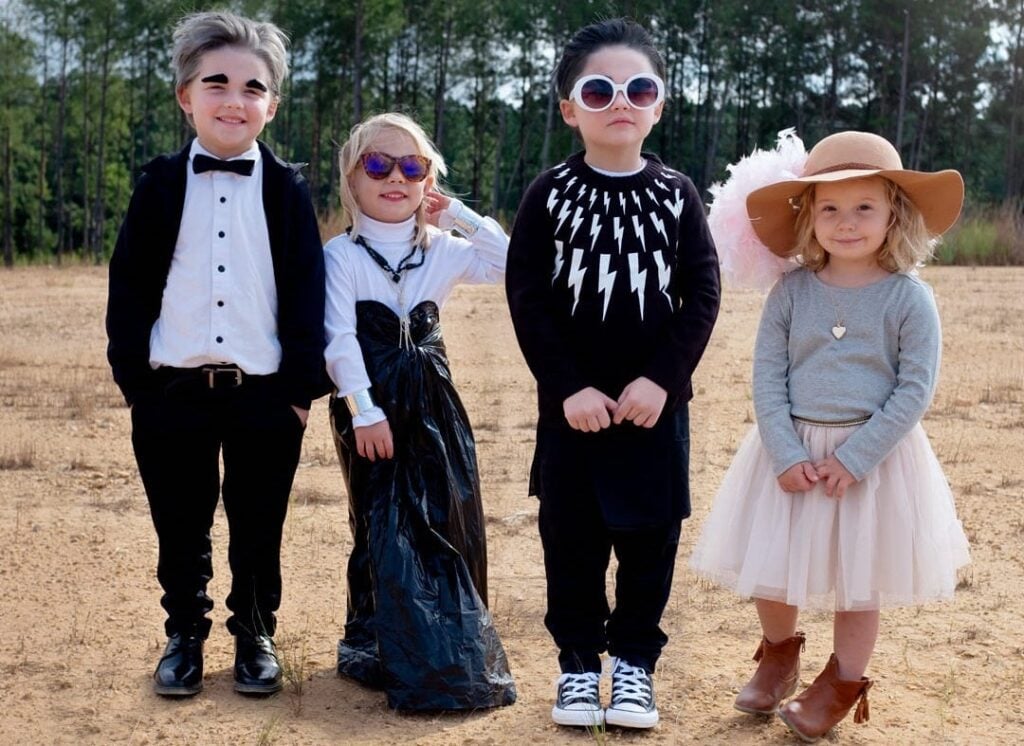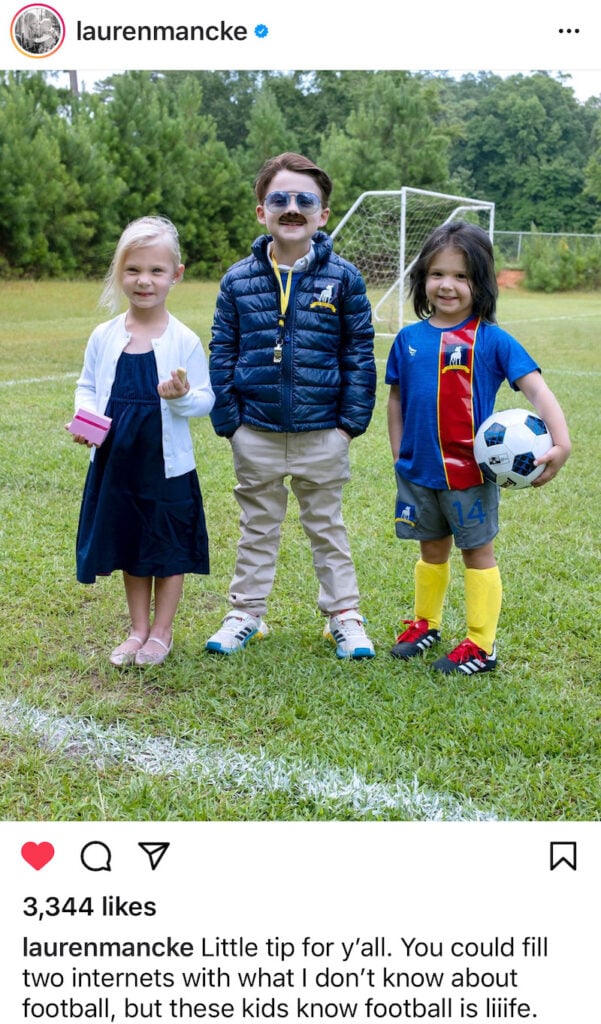Green Halloween: How to Host a Halloween Costume Swap
A Halloween costume swap is a genius way to keep your Halloween affordable and green. You’re probably already doing a version of it by passing along outgrown costumes. By making an event out of it, you open up access to even more families.
You can make it a small party or a larger community gathering if you have the time and energy to organize it. Whichever option you choose, here’s how to manage it.

Halloween Fun Without All the Waste
There are many ways to simplify and green your Halloween, but when it comes to saving money, the costume is huge. Store-bought costumes typically run between $29 and $80.
A DIY costume often saves a lot of money, but can involve a pretty big time investment as you run from Goodwill to thrift shops looking for all the necessary elements. (Be sure to check out these amazing nature-inspired DIY Halloween costumes.)
When you take part in a Halloween costume swap, you further limit waste. Fewer resources are used to make new product, and it also means less packaging, no transportation of the product, and less waste from costumes being trashed.
Host a Halloween Costume Swap
Costume swapping is a brilliant idea. If you’re like me, you’ve probably never thrown last year’s costume in the garbage. Instead you pass it along to a younger relative, friend, or donate it. And while that’s the responsible thing to do… your child still needs another costume when October 31st rolls around again. Costume swapping is the win-win solution for kids, parents, and the planet.
You can make it a small party or a larger community gathering if you have the time and energy to organize it. Whichever option you choose, here’s an outline of how to manage it.
1. Set a Date and Time
The last Saturday in September typically gives everyone enough time to work out their kids’ costume details before the big night arrives. It’s also a great time to start getting in the mood for Halloween.
2. Secure a Location
A local park makes the perfect outdoor location for kids. Your local library might have a meeting room if the weather is unpredictable. For a small gathering among people you know, you can always host it in your home or backyard.
A larger gathering will result in more costumes for participants to choose, so keep that in mind.
3. Spread the Word
For a small party, you can text, email, or evite your friends. For a larger gathering, make signs for community spaces or start a social media event and encourage people to share. Some of the swapping can happen via the group page for those who can’t attend in person or who are looking for a very specific item.
4. Collect and Organize Costumes
Most people will bring their own costume to the party and leave with another, while others are happy to donate without attending the event. Offer a drop-off location for these items, or have some friends help collect them.
Be sure to spread the word that costumes are accepted without attending. You’ll end up with more options. And speaking of options, you don’t have to bring only store-bought costumes to the swap.
If you got creative with DIY in the past, bring those pieces and accessories. Or share outgrown elements from your child’s dress-up cache to share with other parents. An old dance recital tutu might be the piece another child needs for a fairy costume.
5. Set the Rules
Make sure the rules are clear. Depending on the attendance and sizes, it’s possible not everyone will go home with their child’s ideal costume.
Participants bring the costumes or dress-up items they’re willing to part with. If they bring one costume, they can leave with one costume. If they bring one wig, they can take one accessory, etc. The more you do it, the better you’ll get at creating clear rules.
6. Swap Away
Make it a fun setting for kids, but don’t feel like you have to make it a Halloween party. The goal is to reduce waste – not create more. Borrow tables or clothing racks so participants can see the options. If there’s a way to safely hang a mirror, that can help kids get excited about their “new” costumes.
Miranda Jones organizes her homeschool group’s costume swap every year and shares this advice, “We’ve got a naturally creative group of kids who rarely get their hearts set on being a single character. They’ll combine cowboy boots with an alien head or create a ninja-minion costume. It’s so fun to see what they come up with, and it usually means they don’t go home disappointed.”
7. Opt for a Social Media Group
If you get the vibe that no one has time to attend an in-person event in your area, turn your group into a marketplace-style costume swap. There’s no charge, and people can post costume photos along with sizing info, and other group members claim what they want. Allow participants to interact as they would in a swap or “buy nothing new” group.
DIY Costume Inspiration From Swapped Items
You don’t have to bring only store-bought costumes to the swap.
If you got creative with DIY in years’ past, bring those too! Or bring outgrown elements from your child’s dress up cache to share with other parents. Your daughter’s old dance recital tutu might be the piece another child needs for her fairy costume.
Mom of three Lauren Mancke began creating adorable DIY Halloween costumes for her kids in 2015. Her Instagram is a fun one to watch this time of year. (Here’s her Ted Lasso costumes from a few years ago!)

If you can’t do a costume swap in person, trade in your old costume and look for a traded one at Swap.com’s Halloween section.
More Green Halloween Ideas
Find more eco-friendly and healthier Halloween inspiration here:
40+ Healthy Halloween Treats for Trick or Treaters
DIY Halloween Costumes Inspired by Nature
Eco-Friendly Halloween Decorations
Easy & Healthy Halloween Veggie Trays
This article was originally published in 2011 and updated in September 2024.

